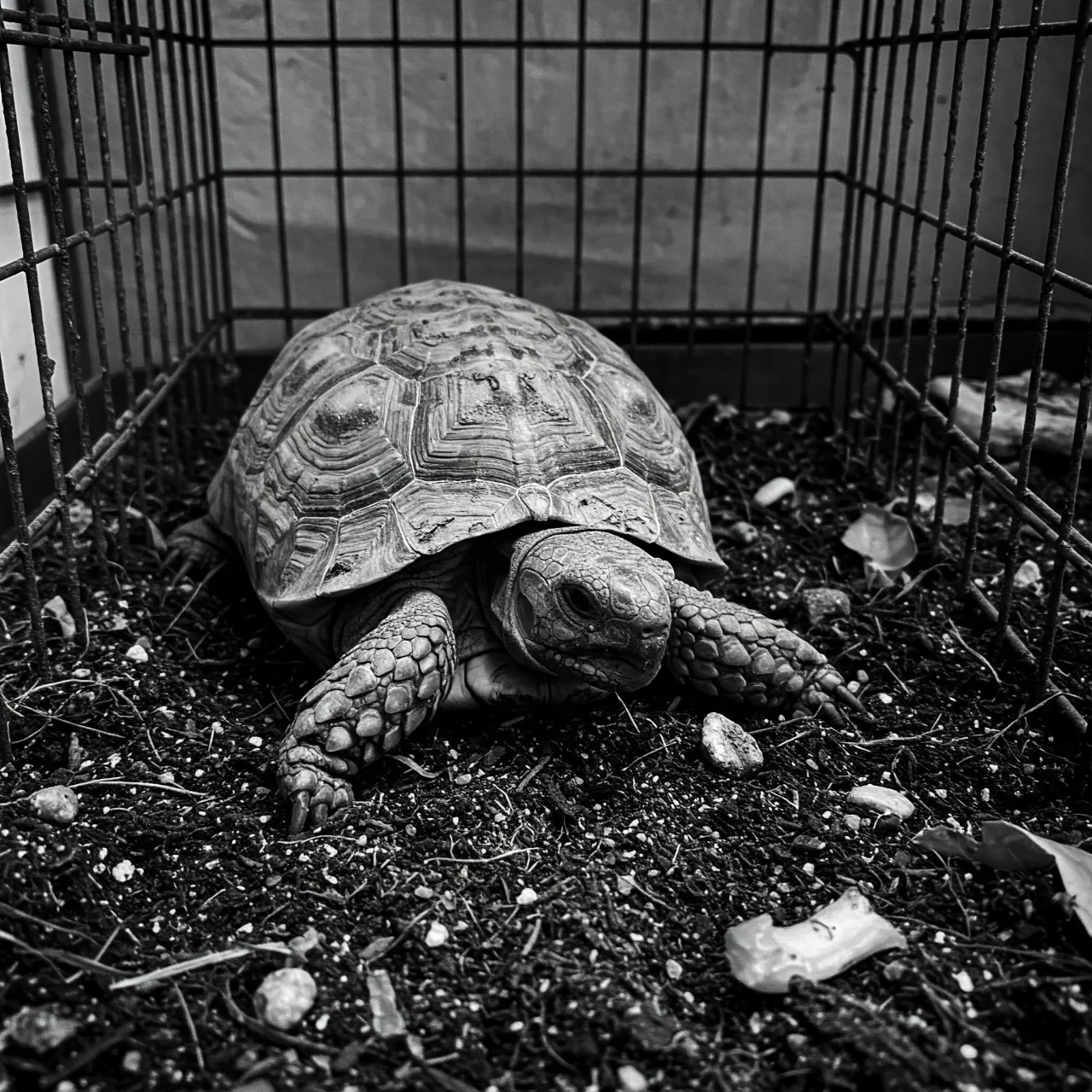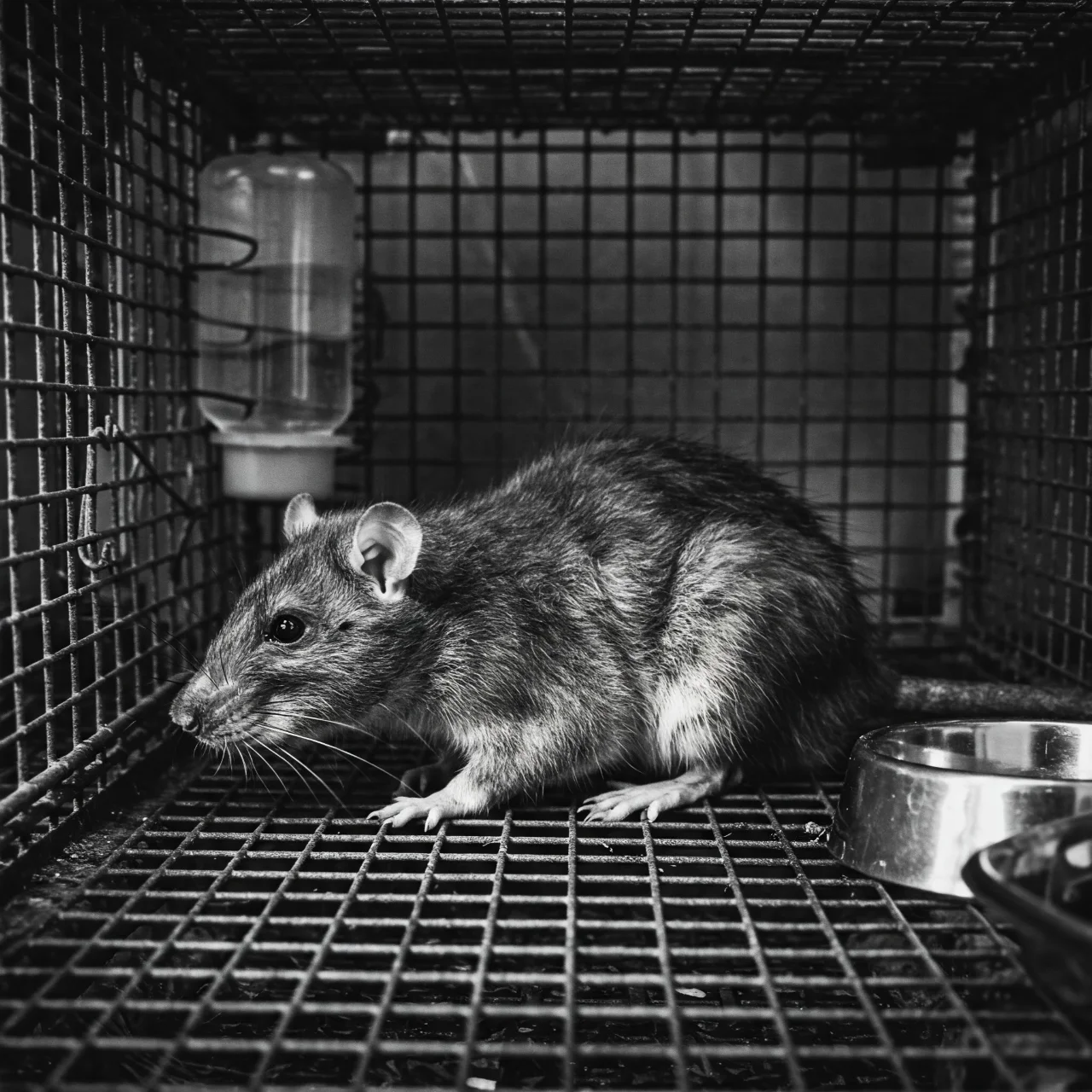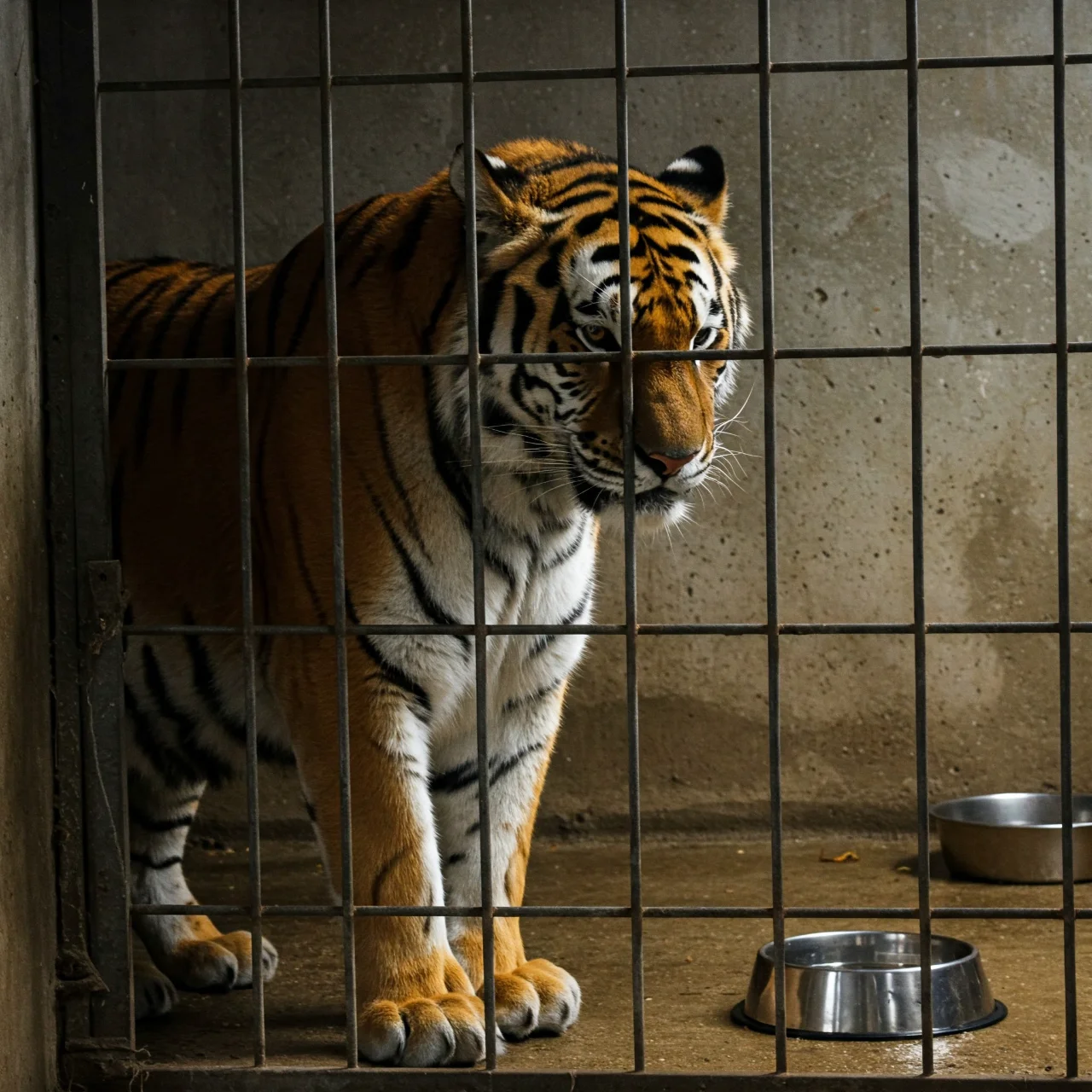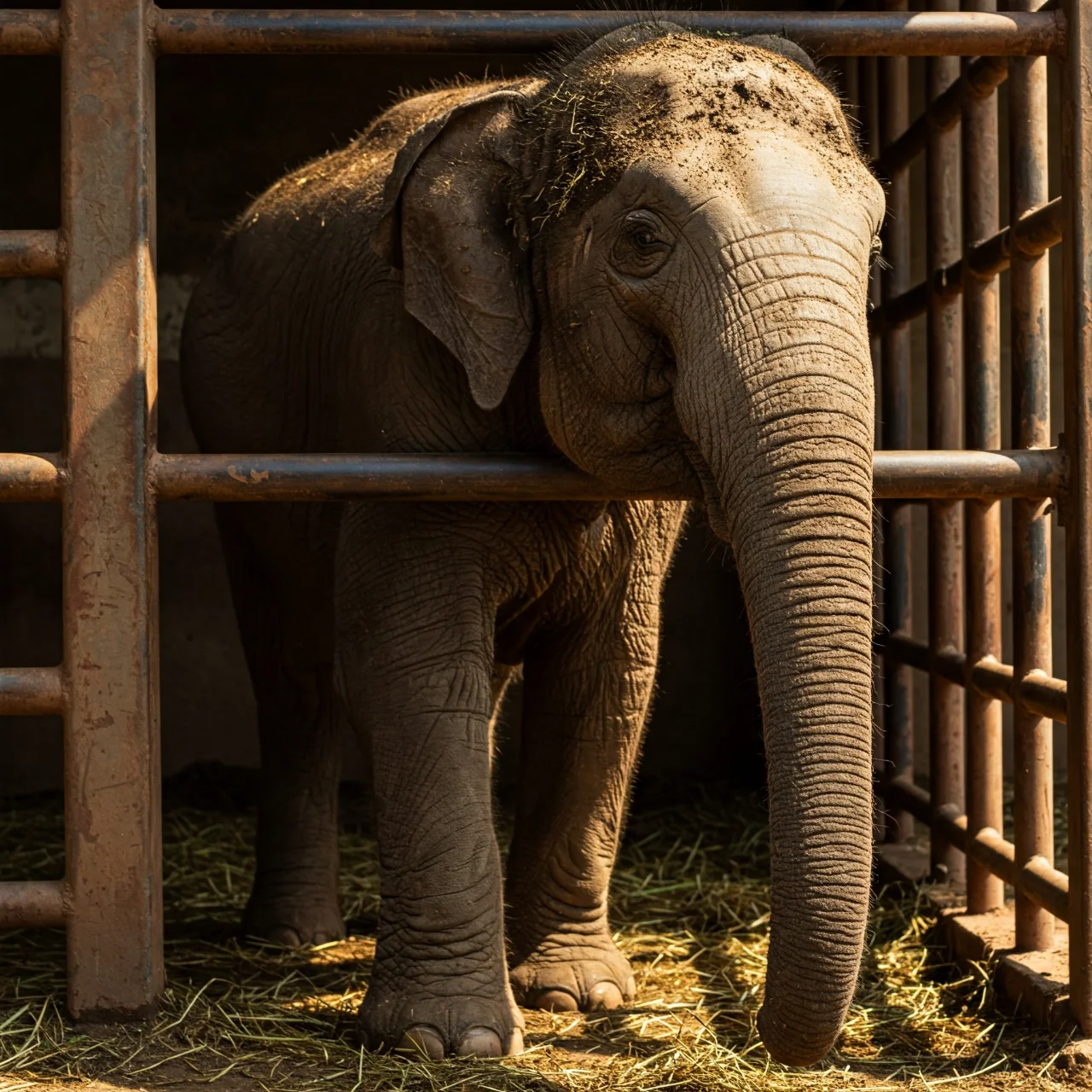How Animal Cruelty Impacts Us All: 15 Key Insights

1. One Animal Suffers Abuse Every Minute in the U.S.
Imagine this: every 60 seconds, an animal in the U.S. endures cruelty or neglect. That’s over 525,000 cases annually, and experts estimate this is just the tip of the iceberg since most incidents go unreported.
Dogs, cats, and even wildlife bear the brunt of this silent epidemic. The Humane Society notes that underreporting stems from fear or lack of awareness, making animal cruelty a hidden crisis in plain sight. It’s a chilling reminder of how pervasive this issue remains in 2025.
2. Over 250,000 Animals Are Hoarded Each Year
Animal hoarding isn’t just a quirky habit—it’s a devastating form of cruelty. In 2025, approximately 250,000 animals, mostly cats and dogs, suffer in overcrowded, unsanitary conditions due to hoarders.
These pet facts reveal a grim reality: many die from starvation or disease before rescue. Classified as a mental health disorder, hoarding often flies under the radar until it’s too late. The ASPCA highlights that this neglectful abuse is tougher to prosecute than outright violence.
3. Puppy Mills Still Thrive with 10,000+ Operations
Despite growing awareness, over 10,000 puppy mills operate across the U.S. in 2025, churning out dogs in horrific conditions. Missouri remains the epicenter, with the highest count of abusive mills.
These facilities prioritize profit over welfare, leading to inbreeding, illness, and early death. Animal rights advocates push for stricter laws, but loopholes persist. Check out the Humane Society’s latest reports for a deeper dive into this ongoing scandal.
4. 75% of Exotic Pets Die Within a Year

Snakes, lizards, and tortoises snatched from the wild face a grim fate as pets. Shocking animal cruelty facts reveal that 75% of these exotic animals perish within their first year in captivity. Why?
They’re unsuited for domestic life, suffering from stress, improper care, and habitat loss. The exotic pet trade continues to boom in 2025, fueled by ignorance and ego, leaving a trail of needless deaths.
5. 110 Million Animals Die in Labs Annually

Behind closed lab doors, over 110 million animals—mice, rabbits, and more—meet their end each year in the U.S. for testing. While some states like Washington push for humane alternatives in 2025 with laws like the Humane Cosmetics Act, animal rights groups argue it’s not enough.
These creatures endure pain and isolation, often for products we don’t even need. The scale of this cruelty is staggering and largely unseen.
6. Men Under 30 Are the Primary Abusers
Who’s behind animal cruelty? Data from 2025 points to men under 30 as the primary perpetrators. Studies show 85% of arrested abusers have prior criminal records—70% of which are felonies.
Animal rights advocates stress that this isn't just about animal welfare; it's a critical indicator of escalating violence that often leads to harming humans, too.
7. 70% of Domestic Abusers Harm Pets Too
Here’s a gut-wrenching fact: 70% of domestic violence perpetrators also target pets. In 2025, laws like Pennsylvania’s new pet protection legislation aim to help survivors escape with their animals, but the link between human and animal abuse is undeniable.
Abusers use pets as leverage, leaving victims trapped. The Humane Society’s PAWS Act has saved countless lives, yet this overlap remains a dark corner of cruelty.
8. More Tigers Live in U.S. Captivity Than the Wild

Think tigers roam free? Think again. In 2025, more tigers—up to 10,000—languish in U.S. captivity than the 3,900 left in the wild globally. Backyard cages, roadside zoos, and private owners fuel this animal cruelty fact.
The Big Cat Public Safety Act curbs some abuse, but enforcement lags. These majestic cats pace in confinement, a stark contrast to their natural glory.
9. Circus Animals Spend 11 Months in Cages

Ever wonder about circus life for animals? In 2025, many still endure 11 months on the road, crammed in tiny cages. Elephants, big cats, and bears eat, sleep, and defecate in the same cramped space, trained through fear to perform.
While some states ban wild animal acts, loopholes keep this cruelty alive. Animal rights groups like PETA continue the fight to end this outdated suffering.
10. 26% of Abusers Were Once Victims Themselves
The cycle of cruelty runs deep: 26% of animal abusers in 2025 were victims of childhood abuse. Kids who witness violence are three times more likely to harm animals later in life, a major red flag for future aggression against people.
This isn't just a pet fact; it's a critical diagnostic tool for identifying at-risk individuals before they escalate.
11. Shark Finning Kills 73 Million Sharks Yearly
In 2025, shark finning—a brutal practice where fins are cut off and the shark is thrown back to die—claims 73 million sharks annually. U.S.
states like California have tightened laws, but the illegal trade persists. These apex predators suffer slow, agonizing deaths just for a status-symbol soup, pushing entire marine ecosystems toward collapse.
12. 96% of Circus Animals Never Retire
For 96% of circus animals, the show never ends—until death. Unlike human performers, elephants and lions don’t get a retirement plan. In 2025, they’re worked to exhaustion, with behavioral issues like pacing signaling distress.
Animal welfare laws inch forward, but circuses exploit gaps. This lesser-known fact exposes a lifetime of captivity behind the big top’s glitter.
13. Farm Animals Get Less Space Than an iPad

Factory farming in 2025 crams hens into cages smaller than an iPad—less than 67 square inches. Colorado and Michigan’s new cage-free laws help, but millions still suffer.
These animal cruelty facts highlight a system valuing profit over life. Hens can’t spread their wings, living in misery until slaughter. The Humane League pushes for change, but progress is slow.
14. Pit Bulls Suffer Most from Stigma-Driven Abuse
One in four abused dogs in 2025 is a Pit Bull, a breed unfairly targeted for illegal fighting rings due to public stereotypes. These loyal pets aren’t inherently violent; abusers breed and train them to be.
Breed-specific bans in some regions only punish the victims, leading to tragic euthanasia spikes. Fighting the stigma is as crucial as fighting the abusers themselves.
15. Canada's Commercial Seal Hunt Continues
Canada's commercial seal hunt persists in 2025, with tens of thousands of harp seals—many just pups—clubbed to death annually. Marketed as population control, there's no scientific evidence it helps fish stocks.
Pups bleed out on the ice for a product few countries will even import. It's a bloody, anachronistic tradition that continues despite global condemnation.
Comments
Loading comments...